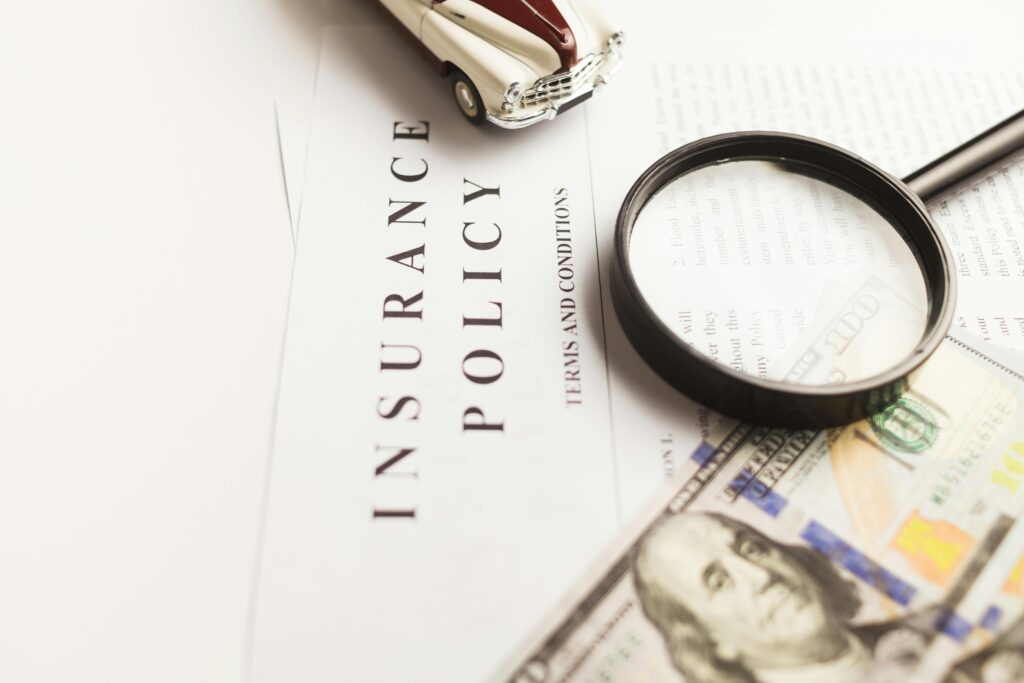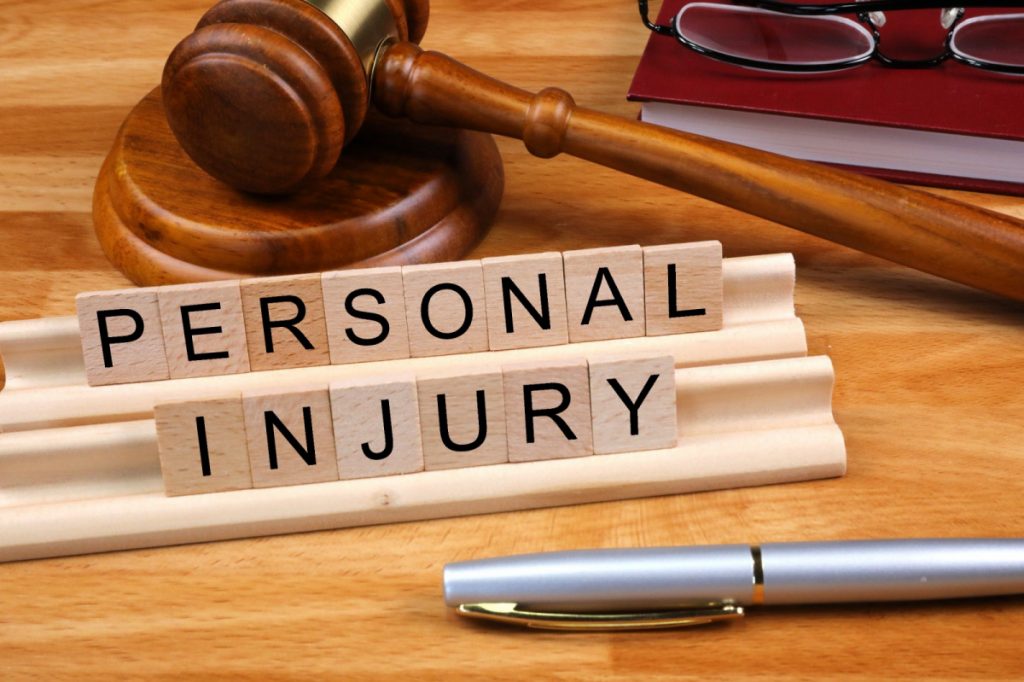Now Reading: What Does the Attractive Nuisance Doctrine Mean?
-
01
What Does the Attractive Nuisance Doctrine Mean?

What Does the Attractive Nuisance Doctrine Mean?
The attractive nuisance doctrine is a legal principle designed to protect children who are injured after being drawn to hazardous conditions on someone else’s property. In New York, this doctrine holds property owners accountable when they fail to address dangers that are likely to attract children, such as swimming pools, construction sites, or abandoned buildings. Since children may not fully understand the risks associated with these hazards, the law imposes a duty on property owners to take reasonable steps to prevent harm.
This doctrine plays an important role in personal injury claims involving children, as it directly impacts how liability is assessed and compensation is pursued. For families dealing with the aftermath of such injuries, working with a knowledgeable Queens personal injury attorney can make a significant difference. An attorney can clarify how the attractive nuisance doctrine applies to your case, identify potential violations of safety standards, and advocate for fair compensation to cover medical expenses, pain and suffering, and other damages.
If your child has been hurt due to a dangerous condition on someone else’s property, it’s important to act quickly. Speak with an experienced Queens personal injury lawyer to better understand your rights and hold negligent property owners accountable for their actions.
Why Does the Attractive Nuisance Doctrine Exist?
The attractive nuisance doctrine exists as a safeguard to protect children, who are naturally curious and drawn to objects or conditions that appear intriguing but may pose significant dangers. It balances the inherent vulnerability of children with the responsibility of property owners to keep their premises reasonably safe.
In Queens, this principle reflects the broader legal goal of reducing preventable injuries to minors. Because children are not expected to exercise the same level of judgment as adults, the law imposes additional responsibilities on property owners to mitigate risks. The doctrine is particularly important in urban and suburban areas like Queens, where residential and commercial properties often coexist, increasing the likelihood of children encountering hazardous conditions.
What Makes a Property Feature an Attractive Nuisance?
In New York, the attractive nuisance doctrine imposes specific criteria to determine a property owner’s liability for injuries to children caused by hazardous conditions on their premises. This doctrine acknowledges that children may be drawn to certain dangers without understanding the associated risks.
For a property feature to be considered an attractive nuisance under New York law, the following conditions must be met:
- Artificial Condition: The hazard must be man-made, such as a swimming pool, abandoned vehicle, or construction site. Natural features like ponds or cliffs are generally not considered attractive nuisances.
- Foreseeability of Trespassing: The property owner must have known or should have known that children were likely to trespass on the property.
- Unreasonable Risk of Harm: The property owner must have known or should have known that the artificial condition posed a risk of death or serious injury to children.
- Inability of Children to Appreciate Danger: Children, due to their age, must not have been capable of recognizing or understanding the risks associated with the hazardous condition.
- Minimal Burden vs. Risk: The utility to the property owner of maintaining the hazardous condition and the burden of eliminating the danger must be slight compared to the risk it poses to children.
- Failure to Exercise Reasonable Care: The property owner must have failed to take reasonable steps to remove or mitigate the danger, such as installing barriers, securing the hazardous condition, or providing adequate warnings.
These criteria collectively assess the property owner’s responsibility to anticipate and prevent potential harm to children who may encounter hazardous conditions on their property. It’s important to note that the application of the attractive nuisance doctrine can vary based on specific circumstances and judicial interpretations. Consulting with a legal professional experienced in New York personal injury law is advisable for case-specific guidance
Common Examples of Attractive Nuisances That Pose Risks to Children
Certain features on a property can be especially tempting to children, drawing them in despite the potential dangers. Property owners in New York, including Queens, have a responsibility to address hazards that are likely to attract children and pose a risk of injury. Some of the most common examples of attractive nuisances often involved in personal injury claims include the following:
Swimming Pools and Water Features
Swimming pools are one of the most recognized examples of attractive nuisances. Children are naturally drawn to pools, ponds, fountains, and other water features, but these areas can present serious risks of drowning or other injuries.
Property owners are required to follow strict safety measures to prevent accidents, such as:
- Installing fences at least four feet high around pools.
- Using self-closing and self-latching gates to restrict access.
- Covering pools when not in use with sturdy, lockable covers.
Failure to implement these precautions can increase liability in the event of an injury. Courts may consider whether the property owner adhered to local laws and regulations, such as the New York State Residential Code, when determining responsibility.
Unsecured Construction Sites and Machinery
Construction sites are another common source of attractive nuisances. Large equipment, piles of debris, and exposed structures often catch the attention of children, who may not understand the dangers associated with these areas.
Property owners and contractors in Queens must take reasonable steps to secure construction sites, which can include:
- Erecting barriers or fences around the site.
- Posting visible warning signs to deter entry.
- Properly storing or disabling machinery and tools to prevent unauthorized use.
When construction sites are left unprotected, the risks of falls, crush injuries, or contact with hazardous materials increase significantly. Claims often arise when property owners or contractors fail to take appropriate precautions.
Abandoned Buildings or Dangerous Structures
Abandoned buildings, vacant lots, or poorly maintained structures can also serve as attractive nuisances. Children may be drawn to these areas out of curiosity or for exploration, putting themselves at risk of injuries from falling debris, unstable flooring, or exposure to hazardous materials.
In New York, property owners are expected to maintain their premises, even if they are vacant. This includes:
- Boarding up doors and windows to prevent access.
- Removing hazards, such as broken glass or exposed nails.
- Conducting periodic inspections to identify and address unsafe conditions.
Failure to address these risks can significantly increase the likelihood of liability if a child is injured.
Trampolines, Playgrounds, and Other Recreational Hazards
Recreational equipment like trampolines, swing sets, and jungle gyms, while enjoyable, can also pose significant risks to children. Improper installation, lack of maintenance, or failure to supervise usage can result in injuries such as broken bones, concussions, or sprains.
In Queens, property owners must take reasonable steps to make recreational equipment safe, which may include:
- Anchoring trampolines securely to the ground.
- Using safety nets or padding to minimize fall-related injuries.
- Regularly inspecting playground equipment for wear and tear.
While these items are typically intended for use, property owners may still bear liability for injuries if the equipment is not properly maintained or adequately secured.
These examples highlight the types of hazards property owners need to address to prevent injuries to children. Courts in New York often evaluate whether reasonable measures were taken to reduce risks when determining liability in attractive nuisance cases.
Legal Criteria for Proving an Attractive Nuisance Claim
To hold a property owner liable under the attractive nuisance doctrine, certain legal criteria must be met. These criteria help establish whether the property owner’s actions—or lack of action—contributed to the injury. In New York, courts examine specific factors when deciding if a property owner should be held responsible. Each factor considers the unique circumstances of the case, including the child’s behavior and the hazardous condition in question.
Was the Property Owner Aware of the Hazard?
A key component in proving an attractive nuisance claim is showing that the property owner knew, or should have reasonably known, about the dangerous condition. Courts often evaluate whether the hazard was obvious or persistent enough that the property owner had sufficient time to address it.
For example, in Queens, a property owner with a swimming pool must be aware that the pool poses a risk to children. Similarly, if an abandoned structure on the property has been in disrepair for months, it’s likely the owner was—or should have been—aware of the danger.
Property owners cannot ignore hazardous conditions when they are reasonably foreseeable. Failure to recognize and address these risks can result in liability if a child is injured.
Could the Child Reasonably Recognize the Danger?
Another critical aspect of proving an attractive nuisance claim is showing that the child did not fully understand the risks associated with the hazardous condition. Children, particularly younger ones, are generally not expected to have the same judgment or awareness as adults.
New York courts often consider:
- The age and developmental level of the child.
- Whether the danger was obvious or hidden.
- The likelihood that a child would be attracted to the hazard.
For example, a child may not comprehend the risks of climbing onto a construction site or entering an unfenced pool area. In these cases, the law recognizes that children are more vulnerable and less capable of protecting themselves from harm.
Did the Property Owner Fail to Take Reasonable Safety Measures?
To avoid liability, property owners must take reasonable steps to prevent children from accessing hazardous areas. Whether the property owner’s efforts were adequate depends on the specific circumstances of the case. Courts evaluate whether the owner acted in a way that a reasonably cautious person would under similar conditions.
If the property owner failed to take precautions, it becomes easier to establish negligence. The court will assess whether the injury was preventable had reasonable measures been taken.
How Courts Assess Foreseeability in These Cases
Foreseeability is a central concept in attractive nuisance claims. This refers to whether the property owner could reasonably anticipate that children might encounter the hazard and be harmed. Courts in New York analyze foreseeability based on factors like the location of the property, the nature of the hazard, and the likelihood that children would be drawn to it.
For instance, a property owner in a densely populated Queens neighborhood should reasonably expect that children might wander near their property, especially if it contains enticing features like trampolines or abandoned structures. On the other hand, foreseeability might be harder to establish for a remote property with limited access.
The court also considers whether similar incidents have occurred in the past. A history of injuries or complaints related to the hazard strengthens the argument that the property owner should have foreseen the risk and acted to prevent harm.
Meeting these criteria is essential to building a successful attractive nuisance claim. New York courts carefully weigh the actions of both the property owner and the injured child to determine liability, making these factors critical to any personal injury case involving children.
Responsibilities of Property Owners Under the Attractive Nuisance Doctrine
In New York, property owners have a heightened duty to protect children from potential hazards on their premises. The attractive nuisance doctrine holds them accountable for injuries to children who may be drawn to dangerous conditions on the property.
Preventative Steps to Reduce Liability
To minimize the risk of liability under the attractive nuisance doctrine, property owners should take proactive measures to secure their property and eliminate potential hazards. Recommended actions include:
- Secure Hazardous Areas: Install barriers such as fences or walls around swimming pools, construction sites, or other enticing yet dangerous features to prevent unauthorized access.
- Remove Tempting Objects: Eliminate or secure items that might attract children, such as abandoned vehicles, machinery, or unsecured appliances.
- Regular Property Maintenance: Keep the property free from debris, holes, or other conditions that could pose a risk to curious children.
- Install Warning Signage: Place clear and visible signs indicating potential dangers, especially near areas that are difficult to secure physically.
Implementing these measures demonstrates a property owner’s commitment to safety and can significantly reduce the risk of accidents involving children.
Warning Signs and Barriers: Are They Enough?
While warning signs and barriers are critical safety measures, they are not always sufficient to absolve a property owner of liability. Courts in New York consider whether these measures were reasonable and effective given the specific circumstances of the case.
For example, a “No Trespassing” sign posted near a swimming pool may not be enough to deter a young child who cannot read. Similarly, a poorly maintained fence with gaps or broken sections may fail to prevent children from entering a restricted area.
In Queens, property owners must also consider whether their warnings and barriers meet local safety standards. For instance, New York State regulations require pool barriers to be at least four feet high and self-closing gates to be in good working order. Owners who fail to meet these requirements may still be held liable, even if they argue that they took some precautions.
Courts often evaluate whether the property owner’s actions would have been effective in preventing a reasonable child from accessing the hazard. If not, additional measures may have been necessary.
Maintaining Compliance with Local Safety Laws
Property owners in New York are required to comply with state and local safety laws as part of their duty to prevent injuries. These laws establish specific standards for securing properties and addressing hazards, particularly in urban areas like Queens.
Key examples of safety laws include:
- Fencing Regulations for Pools: Backyards or pool areas may be required to have barriers that meet the height and access-control requirements outlined in the New York State Residential Code.
- Building Code Compliance: Abandoned buildings and structures must be secured to prevent unauthorized access. Failing to board up windows, lock doors, or repair unsafe conditions can result in legal liability.
- Playground Safety Standards: If a property includes playground equipment, it must meet safety standards for proper installation, maintenance, and accessibility.
Regularly reviewing and adhering to these laws is a critical part of a property owner’s responsibilities. Failure to comply can not only lead to liability in the event of an injury but may also result in fines or penalties from local authorities.
Staying informed about and compliant with local ordinances and safety standards not only helps prevent accidents but also serves as evidence of a property owner’s commitment to maintaining a safe environment, which can be crucial in legal proceedings.
How a Queens Personal Injury Attorney Can Assist in Attractive Nuisance Cases
Attractive nuisance cases involving injured children can be deeply upsetting and overwhelming for families. Holding property owners accountable for preventable injuries requires addressing important legal details, and a personal injury attorney can provide the guidance and support needed during this challenging time.
Attorneys can carefully examine how the hazard may have attracted the child and whether the child could fully understand the risks involved. These legal arguments are key to building a case that demonstrates the property owner’s negligence and responsibility for the injury.
Gathering evidence is another essential part of the process. Attorneys work to document the hazardous condition, interview witnesses, and review property records or maintenance logs to uncover signs of neglect. Official reports, such as those from police or emergency responders, are also critical to establishing the facts of the case. This thorough approach ensures families have the strongest possible claim.
Beyond proving liability, an attorney also advocates for fair compensation to address the full impact of the injury. Compensation may include medical expenses, pain and suffering, and any long-term care or adjustments needed for the child’s future. In New York, where comparative negligence laws may affect the outcome, attorneys work to protect families from unfair reductions in compensation.
Families facing the aftermath of an attractive nuisance injury deserve compassionate and effective legal representation. A personal injury attorney can handle the legal process with care, allowing families to focus on their child’s recovery while seeking justice and the compensation they need to move forward.
Get Experienced Legal Assistance In Your Attractive Nuisance Claim
Children are naturally curious, and when a property owner’s negligence creates dangerous conditions that attract children, families can be left dealing with devastating consequences. The attractive nuisance doctrine exists to protect children and hold property owners accountable for preventable injuries. If your child has been hurt due to a hazardous condition on someone else’s property, you have the right to seek justice and fair compensation.
A Queens personal injury attorney can provide the guidance and advocacy you need during this difficult time. An attorney can assess whether the attractive nuisance doctrine applies to your case, gather the necessary evidence, and build a strong claim to help secure the compensation your family deserves.
No child should suffer because of unsafe conditions that could have been addressed. Contact a skilled personal injury lawyer in Queens today to discuss your case and take the first step toward holding negligent property owners accountable for their actions.










